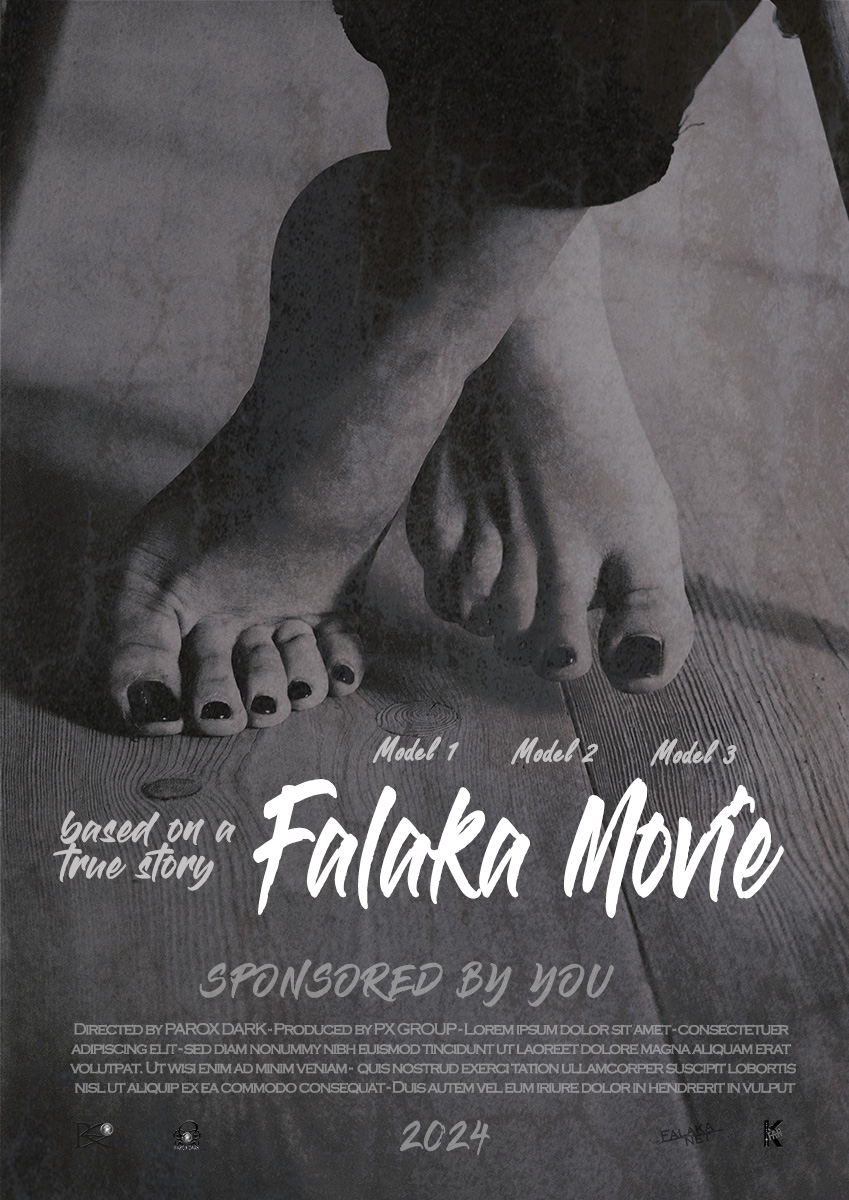Falaka Movie Project
Bastinado
History
The origins of bastinado can be traced back to ancient civilizations, including ancient Egypt, Greece, and Rome. In these societies, bastinado was used as a method of punishment for criminals, slaves, and prisoners. The practice was also prevalent in medieval Europe, where it was used as a form of torture and interrogation.
During the Ottoman Empire, bastinado, known as falaka, was widely used as a punishment for soldiers and civilians alike. It was believed that beating the soles of the feet would not leave visible marks, making it an ideal method of punishment that could be administered discreetly.
Social Influences
Bastinado has had significant social influences throughout history. In many cultures, it was used as a means of exerting control and instilling fear in individuals. The act of inflicting pain on the feet, a vital part of mobility, served as a powerful deterrent against disobedience and rebellion.
Moreover, bastinado has been associated with the subjugation of women. In some societies, women were subjected to bastinado as a form of punishment for perceived transgressions or to maintain patriarchal control. This cruel practice served as a tool to suppress women’s voices and reinforce gender inequality.
Bastinado Movies
The depiction of bastinado in movies has shed light on the brutality and psychological impact of this punishment. One notable film that explores the subject is “Midnight Express” (1978), based on a true story. The film portrays the harrowing experience of an American student imprisoned in Turkey, where he endures bastinado as a means of punishment. The scene vividly captures the agony and trauma inflicted by this brutal practice.
Another film that touches upon bastinado is “The Stoning of Soraya M.” (2008), which tells the story of an Iranian woman falsely accused of adultery. In one scene, Soraya’s feet are bound, and she is subjected to bastinado as a form of punishment. This portrayal highlights the intersection of bastinado with the oppression of women in certain societies.
Art and Bastinado
Bastinado has also found its place in the world of art. Some artists have used this form of punishment as a subject matter to explore themes of power, control, and human suffering. Through their artwork, they aim to raise awareness about the historical and social implications of bastinado, as well as its impact on women.
Conclusion
Bastinado, a brutal form of corporal punishment, has left an indelible mark on history, society, and the world of movies. Its origins can be traced back to ancient civilizations, and it has been used as a tool of control and oppression. The depiction of bastinado in movies has helped shed light on its brutality, while artists have used it as a subject matter to provoke thought and raise awareness. As we reflect on the painful history of bastinado, it is crucial to recognize the importance of promoting human rights and ending the use of such cruel practices.

Desired Destination
We would now like to realize our previously attempted project and make a film about the fictional character Lennya. The content is based on true events in the Ottoman period. We would like to address the use, cultural and social impact of the falaka. Real and authentic implementation is very important.
In order to realize the project we need to raise money and ask every Falaka enthusiast to support the project. Our desired destination is to raise $10,000 to produce a film that receives an IMDB title and can be entered into the running for awards.
- We need the money for:
- Production costs
- Models who are willing to give their best in front of the camera in real-life circumstances
- Costs for assistance
- Professional technical equipment
- Professional marketing
In the best case scenario, the $10,000 will cover up to 80% of our costs. We contribute the rest to the project.
Support This Project
- Donate $50 and receive the film as a gift.
- Donate $75 and receive the film and pictures of the project as a gift.
- Donate $100 and receive the film and pictures of the project as a gift. You also get to classic bastinado productions of Parox.
- Donate $1,000 and you get everything from the other packages and become an official co-producer of the movie listed at the end of the movie. You will also get bonus videos which will be out of the official movie.
- Donate $10,000 and you get everything from the other packages and can be a guest on the film set for one day.
Donate your desired amount (at least $50) and we will give you gifts according to the packages. Donate more than $10,000 and let us surprise you.
-
Falaka Movie Project
Help us to realize this project and make a donation.
$100 donated of $10,000 goal



